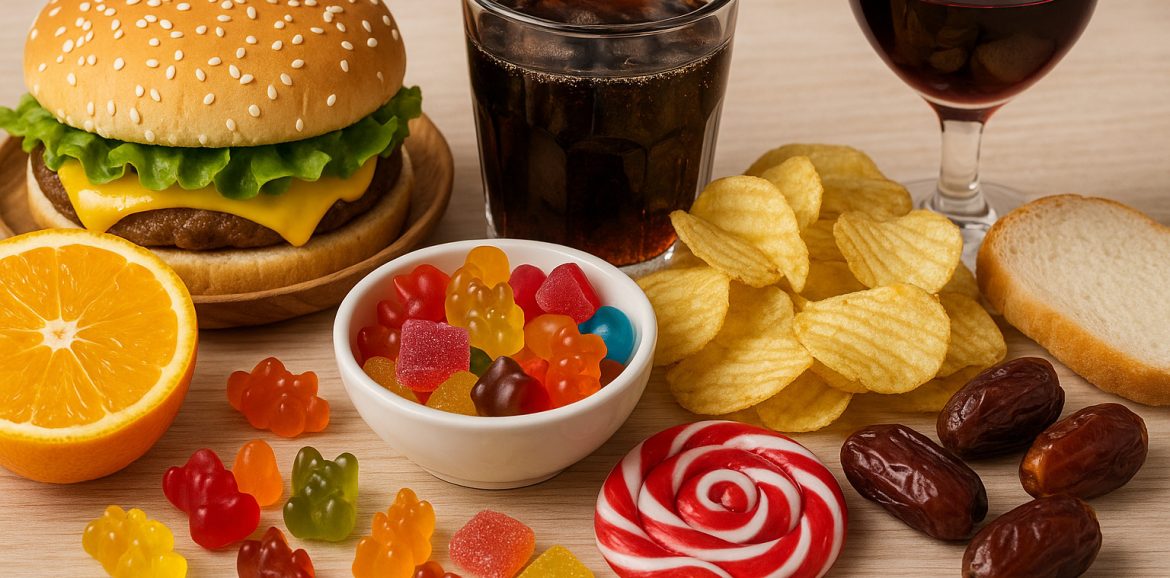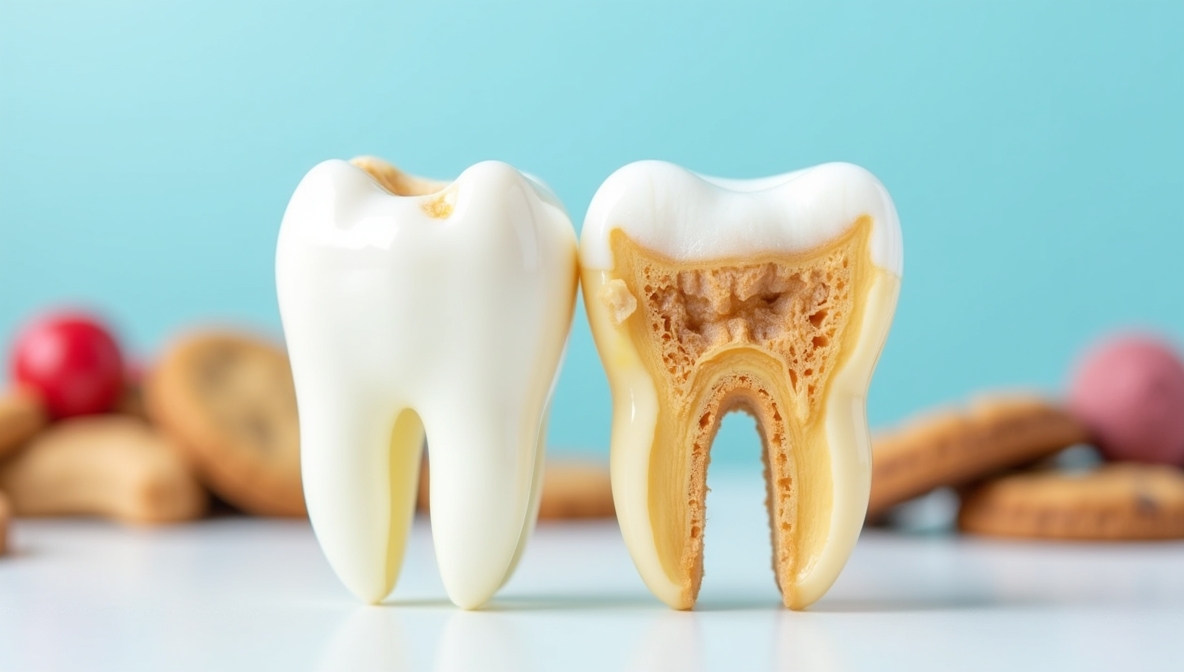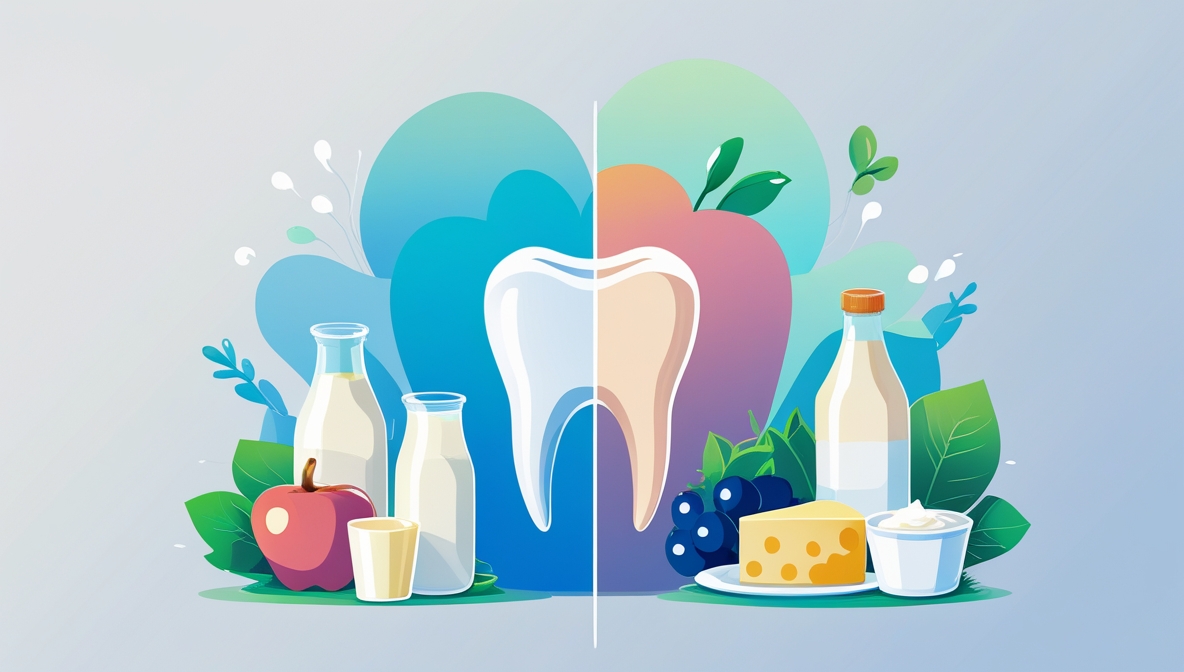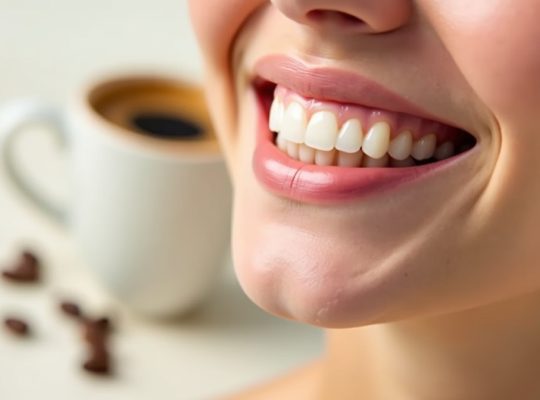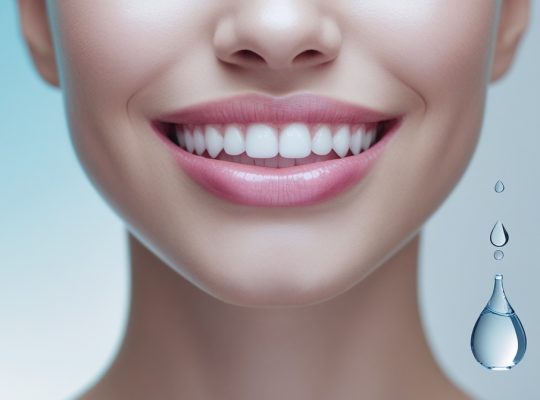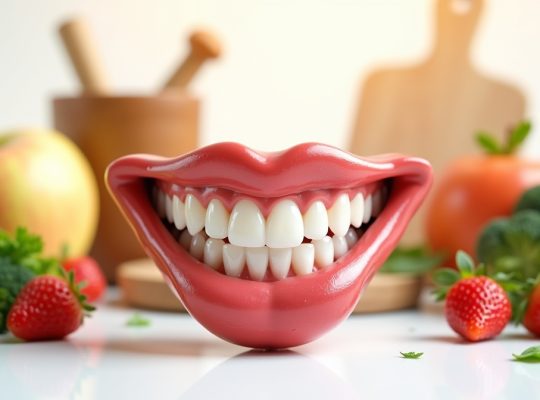Good oral health starts with what goes into your mouth. While brushing, flossing, and routine dental visits matter, certain foods actively work against those efforts. Many everyday items can feed bacteria, weaken enamel, or dry out the mouth—laying the groundwork for decay and disease. Knowing which foods do the most damage allows you to make smarter choices and preserve your smile.
1. Sticky Candies and Sweets
Sugary snacks are no surprise here, but the texture matters just as much as the sugar content. Sticky sweets like caramels, toffees, gummy bears, and fruit chews cling to enamel. That lingering residue becomes a buffet for acid-producing bacteria.
Why it’s bad:
- Prolonged contact with sugar feeds plaque.
- Often hard to remove, even with brushing.
- Traps in hard-to-reach grooves between molars.
Better alternative: Dark chocolate, which melts quickly and rinses away easier than gummy candies.
2. Dried Fruits
Perceived as healthy, dried fruits act more like candy than fresh produce. Raisins, apricots, figs, and dates contain concentrated sugars and have a tacky texture that clings to enamel.
Why it’s bad:
- High in fructose and natural acids.
- Sticky and slow to dissolve.
- Often eaten in large quantities due to small size.
Better alternative: Fresh fruit, especially crunchy types like apples or pears, which stimulate saliva and help clean the teeth.
3. Soft Drinks (Including Diet)
Soda is a triple threat—loaded with sugar, acidic by nature, and full of carbonation. Even sugar-free options cause problems, thanks to low pH levels that wear down enamel. Sipping throughout the day is especially damaging.
Why it’s bad:
- Acid causes enamel erosion.
- Sugar feeds harmful bacteria.
- Phosphoric and citric acids linger long after the last sip.
Better alternative: Water with a slice of cucumber or mint leaves for flavor.
4. Alcohol
Beyond liver health, alcohol affects your oral environment in multiple ways. It dries out the mouth, reduces saliva production, and in some cases (such as with sweetened mixers or cocktails), introduces sugar and acidity.
Why it’s bad:
- Saliva is vital to washing away food and neutralizing acids.
- Dehydration worsens bacterial growth.
- Wine and spirits are often acidic and can stain enamel.
Better alternative: If you do drink, alternate with water and avoid sipping over long periods.
5. White Bread and Refined Carbs
Chewing white bread creates a gummy paste that gets lodged in the teeth. Your saliva breaks down starch into sugar, setting off the same decay process as candy.
Why it’s bad:
- Simple carbs convert quickly to sugars.
- Gets trapped between teeth and in crevices.
- Encourages plaque formation.
Better alternative: Whole grain bread with fiber, which stimulates saliva and breaks down less readily.
6. Citrus Fruits and Juices
Oranges, lemons, grapefruits, and limes may be vitamin-rich, but they bring significant acidity. Juices, in particular, strip away enamel when consumed frequently.
Why it’s bad:
- Acid softens enamel.
- Regular exposure leads to sensitivity and erosion.
- Juices often have added sugar.
Better alternative: Eat whole fruits and rinse with water immediately afterward.
7. Sports and Energy Drinks
Often mistaken for healthier choices than soda, sports drinks are usually high in sugar and acidity. Energy drinks fare even worse due to caffeine, which further dries the mouth.
Why it’s bad:
- Low pH corrodes enamel.
- High sugar content rivals soda.
- Often consumed over extended periods.
Better alternative: Coconut water or plain water for hydration.
8. Ice
It’s just water, but chewing on solid ice can be destructive. Many people habitually crunch ice cubes, unaware of the pressure it places on their teeth.
Why it’s bad:
- Causes microfractures in enamel.
- Leads to chipping and damaged dental work.
- May increase sensitivity over time.
Better alternative: Chilled water or small sips of cold beverages.
9. Potato Chips
Chips break into tiny starchy bits that settle between teeth. Like bread, starch converts to sugar, and the dry texture makes it easy to snack on excessively.
Why it’s bad:
- Encourages plaque buildup.
- Often sticks between molars.
- Saliva struggles to rinse the debris away.
Better alternative: Crunchy veggies like carrots or celery.
10. Coffee and Tea (With Additives)
By themselves, coffee and tea stain teeth and affect pH. With sugar, milk, or flavored syrups, they become harmful in both color and content.
Why it’s bad:
- Tannins discolor enamel.
- Sugar fuels bacteria.
- Can contribute to dry mouth, especially when caffeinated.
Better alternative: Drink black or green tea and rinse afterward.
Protecting Your Teeth Daily
Avoiding these foods entirely may not be practical, but reducing frequency and following up with water or brushing can minimize damage. NZDHA advocates for a preventive model in oral care, meaning the focus lies in daily habits—not just clinic visits.
Smart practices:
- Drink water after acidic or sugary meals.
- Chew sugar-free gum to boost saliva.
- Wait at least 30 minutes after acidic food to brush.
- Floss nightly to remove starchy buildup.
- Book regular cleanings with a registered oral health professional.
Your teeth don’t repair themselves like skin or bone. Once enamel wears down or decay begins, you’re dealing with permanent consequences. Every bite or sip counts.
Focus on whole foods, limit acids and sugar, and stay consistent with oral hygiene. Your smile—and your hygienist—will thank you.
